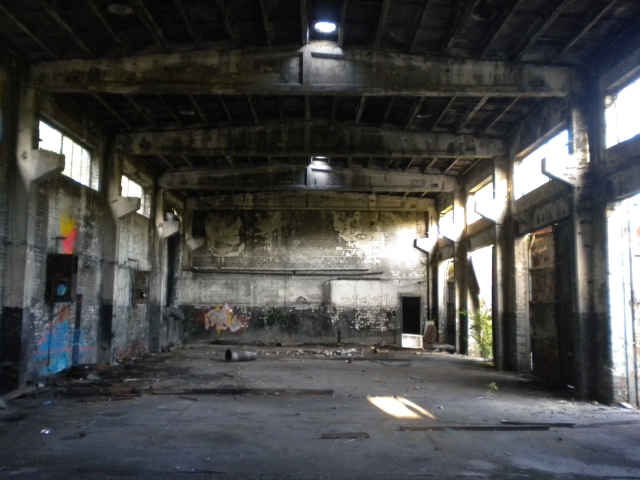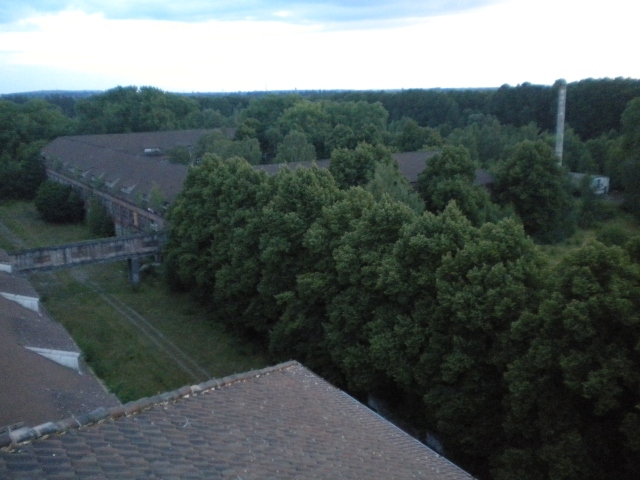In 1997 the Asian financial crisis hit.
I was unaware of the existence of this crisis due to the fact that (a) I was too young to realize, and (b) Western world’s education system unevenly distributes weight to, well, Western world study topics.
Thailand’s economy had been growing at an average annual rate of 9% and had been the fastest growing company worldwide for ten years. This Asian economic miracle led to a variety of real estate projects and Buddhist temples ceased to be the highest structures in Bangkok.
Then things got nasty.
Triggered by a strong exposure to external shocks and collapsing asset prices, the 1997 Asian financial crisis struck Thailand with great force.
The deadly mix of a credit crunch, currency depreciation, bankruptcies, couple of IMF bailouts, and massive layoffs, put many real estate projects on hold. Numbers colored blood-red:
- The Thai stock market took a nosedive and lost 75% of its value.
- The Thai currency, the Thai baht, lost 40% of its value in 1 year (to the US$).
- The Thai GDP decreased 40% from US$ 170bn to US$ 102bn in 1 year.
Next, the crisis quickly spread out to Indonesia, South Korea, Philippines, and Malaysia.
Today, more than 15 years later, most real estate projects that had been started before 1997 have been completed. However, we can still trace relics of the 1997 Asian financial crisis in Bangkok. The most notorious reminder is the Sathorn Unique Tower, aka Ghost Tower. When finished, it would have looked like the adjacent State Tower with a shiny golden rooftop dome and fancy restaurant. Indeed, the lebua hotels and resorts group has installed the highest open-air restaurant called Sirocco and accompanying Sky Bar at the top of the State Tower.
As for the Sathorn Unique Tower, the project was abandoned but offers equally spectacular views of Bangkok’s skyline and the Chao Phraya River. Without the cocktails. Climbing this tower has been on my bucket list from the moment I landed in Bangkok. I decided to rope in a colleague, packed water and food, and caught the skytrain to Saphan Taksin BTS station.
We managed to gain access to the Ghost Tower through the adjacent parking tower and started climbing stairs. Many stairs. The skyscraper counts 49 stories and the elevators are obviously not working. But where there is a will, there is a way (up). What struck me was the blissful silence, a stark difference with Bangkok’s constant bumper-to-bumper traffic. Calm in the chaos.
The tower has a very particular architecture with Corinthian columns and distinguished balconies. Some floors were nearly finished and already equipped with bathtubs. But the tropical climate is replacing the concrete jungle with the real jungle. Time stopped in 1997 and nature is slowly taking over again. Years of decay have silently peeled off the concrete exposing its metal skeleton and somehow providing a fertile substrate for plants. We even spotted several trees growing out of cracks. The tower could easily serve as an excellent case study for Alan Weisman, the author of The Wold Without Us.
The real star attraction is of course the rooftop. It is not exactly the place where you would like to be during a thunderstorm, but the view is magnificent.
The Sathorn Unique Tower proves to be an excellent billboard for Coca-Cola and Mitsubishi, but how long will it be lording over Bangkok? Torrential rain already brings down chunks of metal and concrete, and the tower will surely face stability problems.
Bangkok seems always under construction and you can spot advertisements for new condo projects everywhere you go. The real estate madness continues with tower cranes dotting the horizon. Same mistake all over again?
































































